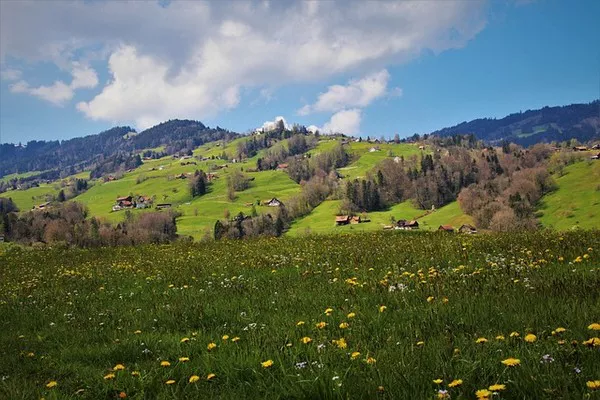Grasslands, often overlooked but crucial ecosystems, store a staggering one-third of the world’s terrestrial carbon stock. A recent global study led by Marie Spohn from the Swedish University of Agricultural Sciences sheds light on how this carbon stock may decrease as plant biodiversity dwindles, particularly in warm and arid regions. The research unveils a significant revelation: species-poor vegetation decomposes more rapidly in the soil, affecting carbon storage.
Collaborating with 29 researchers from around the globe and drawing upon data from 84 grasslands across six continents, Marie Spohn has substantially advanced our comprehension of the intricate interplay between carbon storage in grasslands, biodiversity, and climate. The study encompasses diverse ecosystems, including North American steppes, the Serengeti savannah, Svalbard’s tundra, and the natural pastures of the Alps.
The findings, published in the journal Nature Communications, reveal a direct correlation between plant diversity and soil carbon content in global grasslands. This relationship is particularly robust in warm and arid climates, a discovery that deviates from prior expectations regarding aboveground plant biomass production.
Surprisingly, the research uncovers a nuanced explanation for this phenomenon. Species-rich grasslands exhibit a higher carbon-to-nitrogen ratio, signifying that their plant biomass contains less nitrogen in relation to carbon. This equates to a lower protein content compared to fiber in these plants. Crucially, such plant material decomposes at a significantly slower pace within the soil.
This reduced decomposition rate in species-rich grasslands is the linchpin for greater carbon storage in the soil. The study highlights that this trend is most pronounced in hot and arid climates, and various factors may contribute to this phenomenon. One explanation is that plants in warm and arid regions produce complex compounds that decompose slowly, serving as a defense against desiccation and solar radiation.
The traditional belief that soil carbon storage primarily hinges on the quantity of plant biomass inputs has been challenged by this research. Instead, it emphasizes the importance of the organic matter’s quality.
Marie Spohn underscores the implications of the study, stating, “The study has far-reaching implications as it suggests that ecosystem management that restores plant diversity likely enhances soil carbon sequestration, particularly in warm and arid climates.”
This groundbreaking research provides invaluable insights into the critical interplay between biodiversity and carbon storage in grasslands, offering a potential avenue for mitigating climate change and preserving global biodiversity. The study’s uniqueness lies in its utilization of data from grasslands with varying plant diversity across six continents, providing a comprehensive understanding of the complex relationships involved. The data was meticulously gathered by an international network of scientists using a standardized sampling approach.


